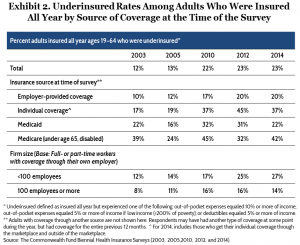Medicaid Paid $9.6 Million for Dead Patients
From the statement of Seto Bagdoyan, Director, Forensic Audits and Investigative Service (June 2, 2015):
Approximately 8,600 beneficiaries received benefits worth about $18.3 million concurrently in two or more states –- even though federal regulations do not permit beneficiaries to have payments made on their behalf by two or more states concurrently.
…… our work raises concerns about whether payments made on behalf of certain beneficiaries were appropriate, including the following:
-
The identities of about 200 beneficiaries received $9.6 million worth of Medicaid benefits subsequent to the beneficiary’s death, based on our matching Medicaid data to SSA’s full DMF.
-
About 3,600 beneficiaries supposedly received about $4.2 million worth of Medicaid services while incarcerated in a state prison facility even though federal law prohibits states from obtaining federal Medicaid matching funds for health-care services provided to inmates except when they are patients in medical institutions.
-
Hundreds of thousands of beneficiaries had irregularities in their address and identifying information, such as addresses that did not match any United States Postal Service records and Social Security numbers that did not match identity information contained in SSA databases.
Further: About 90 providers had suspended or revoked licenses in the state where they performed Medicaid services yet they received a combined total of at least $2.8 million from those states in fiscal year 2011.


